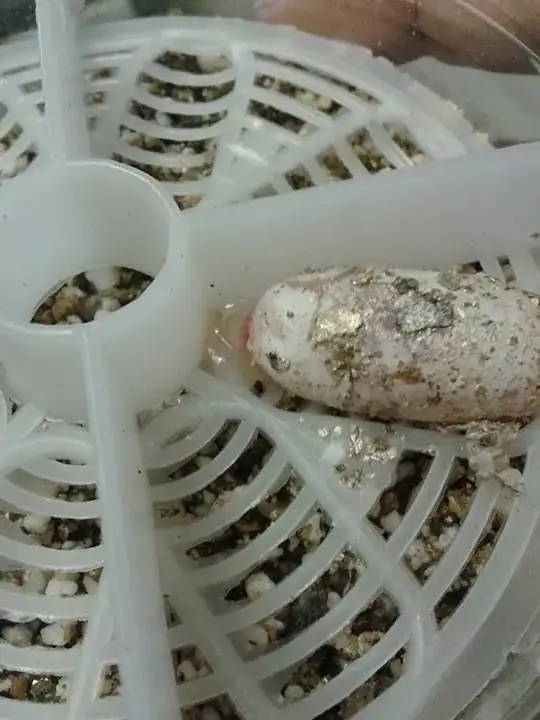What's leaking out is fluid that helps the gecko develop, providing it with nutrients and keeping it from sticking to the shell. As you can imagine, it's important to keep as much of the fluid inside of the egg as possible. Luckily, it's possible to patch the egg to keep the rest from leaking out.
I've never heard of cornstarch being used to seal the egg, but I can understand the idea behind it. Basically, the cornstarch would clump together when it comes in contact with the egg fluid, plugging the hole with a glue-like substance.
I honestly have no idea if this would have side-effects, because of how it works, it's going to come into contact with the fluid inside of the egg. I can say that it would use some of the fluid to form the glue, and that's not the greatest solution considering any fluid that's leaked out already is lost, and that the gecko will already need extra attention when hatching due to possible defects or undernourishment.
A better solution in my opinion, and one that keeps any fluid that's left inside of the egg, is to use the fabric from a tea bag. Cut a patch from the tea bag, and rinse it well. Place the patch over the leak and leave it be. The albumin (egg white) will work to create some calcium and seal the hole naturally, and in the mean time. Meanwhile, the mesh will keep the fluid inside,as egg fluid is solid enough that it won't be able to leak through the fine mesh of the tea bag.
It's important that you don't touch the egg from this point on unless absolutely necessary. Keep an eye on it, and take great care when rotating it. At this point, all you can really do is wait, andf it makes it, you'll have to take care to nurture it as it will most likely be stunted from the leaked fluid.
